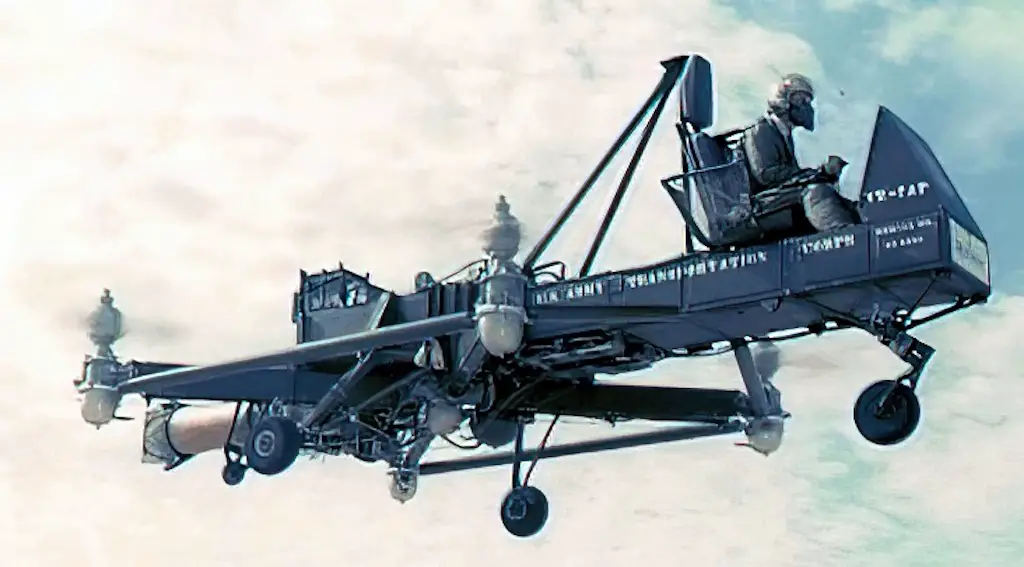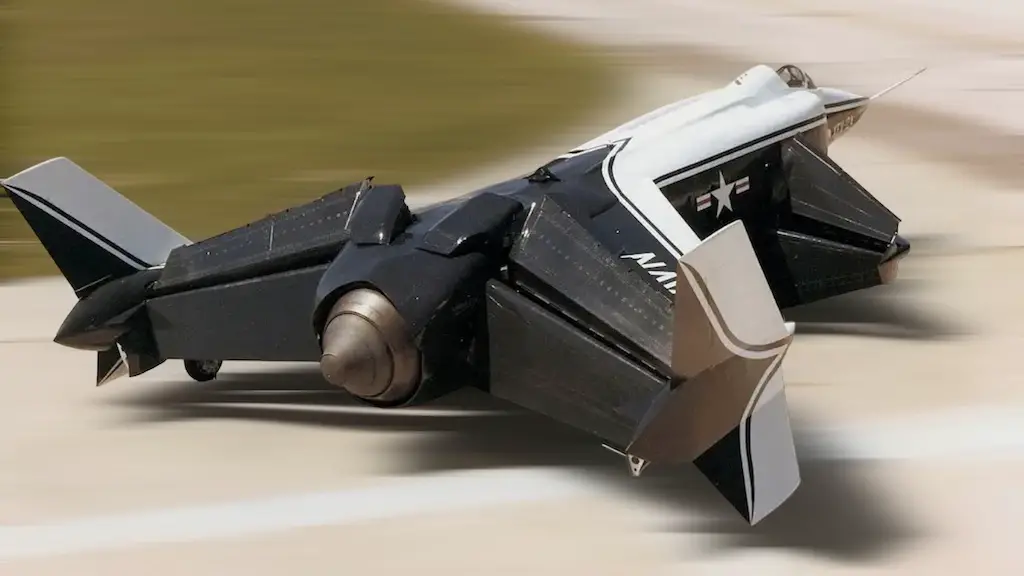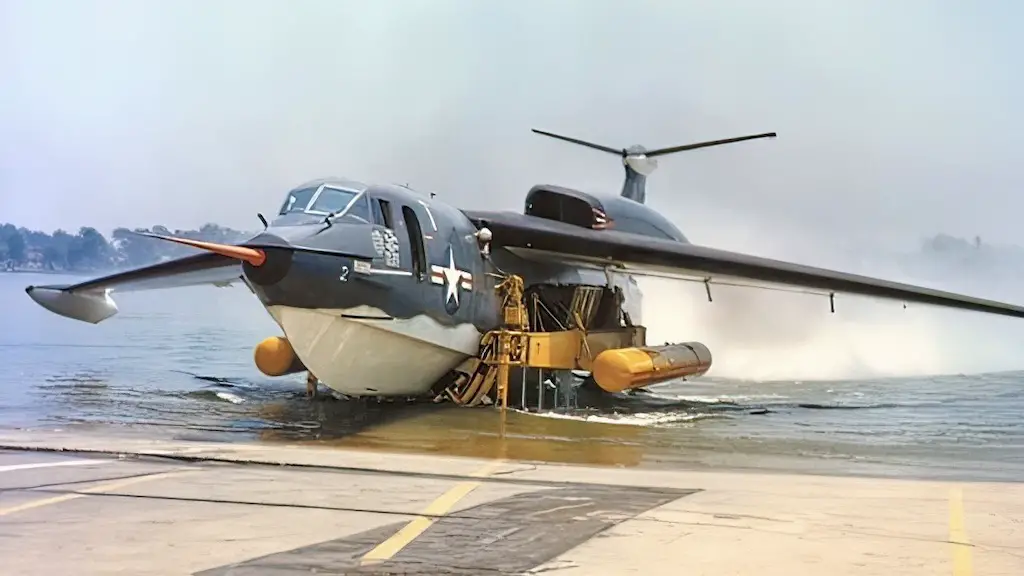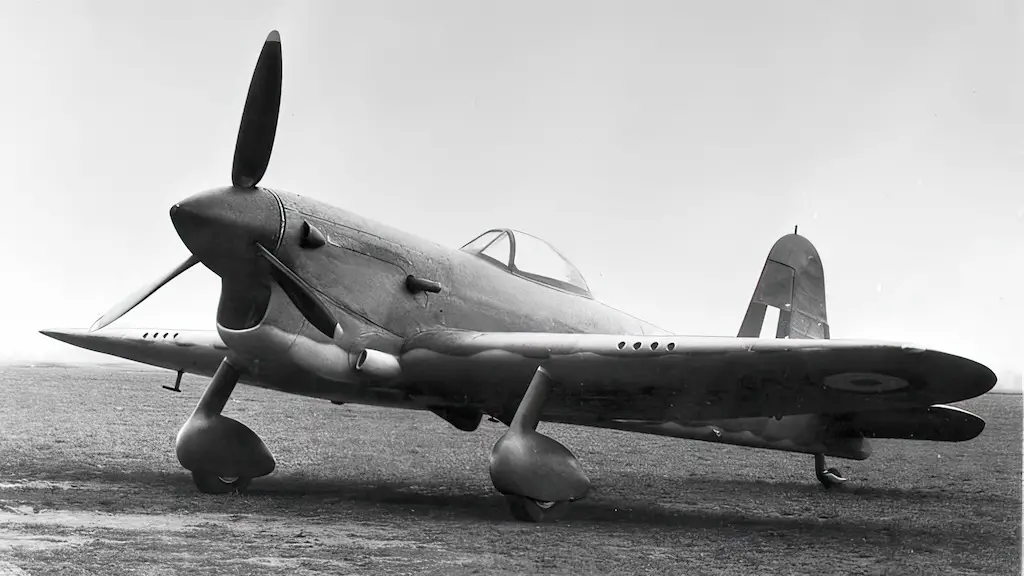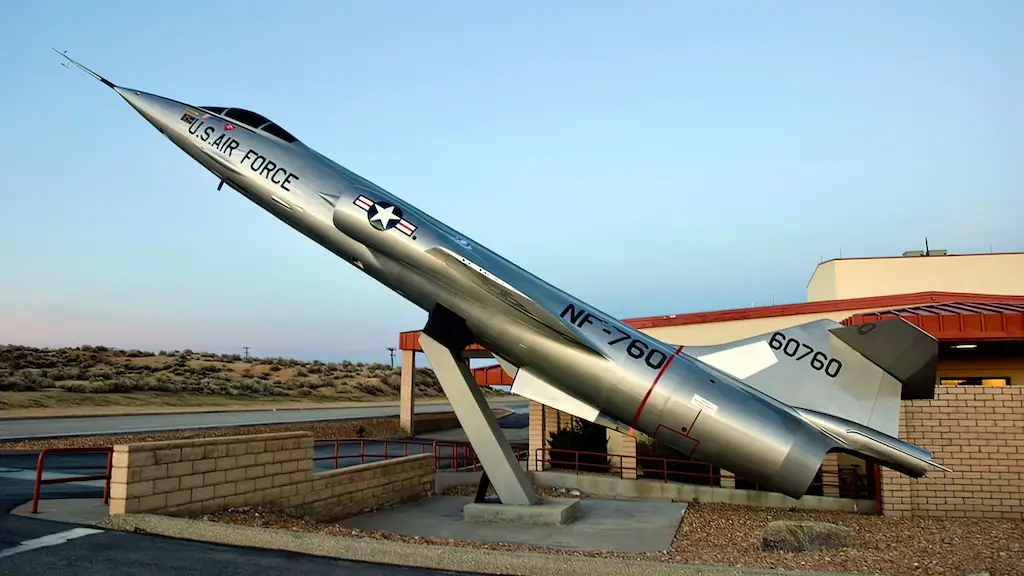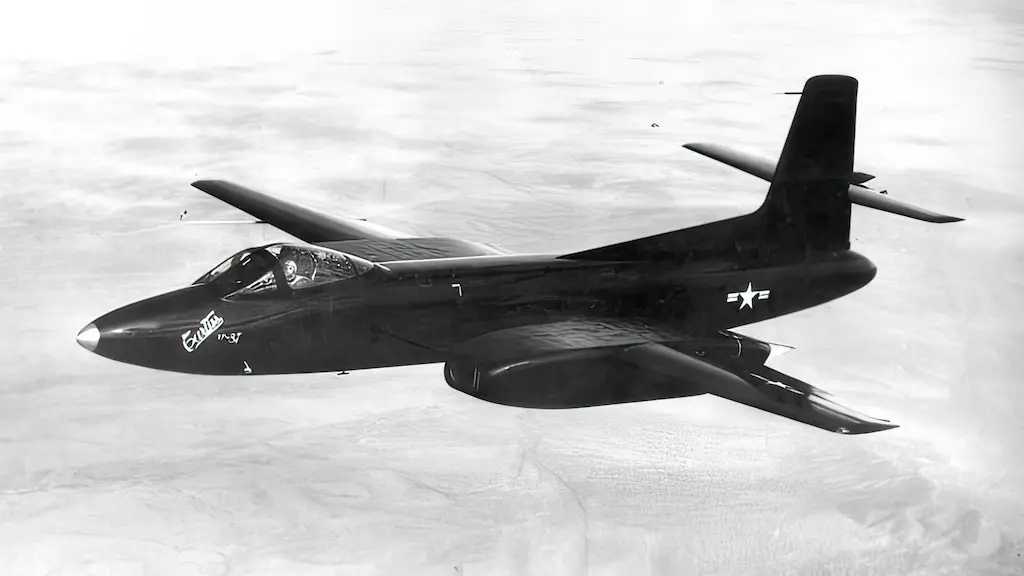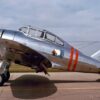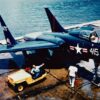In the 1950s the US Army command thought they needed a flying machine that would sort of fill the gap between an automobile and the helicopter. This gave way to several design projects collectively known as ‘flying jeeps.’ The first of them to rise in the air was Curtiss-Wright VZ-7 VTOL aircraft created by the company’s Santa Barbara Division (formerly the Aerophysics Development Corporation).
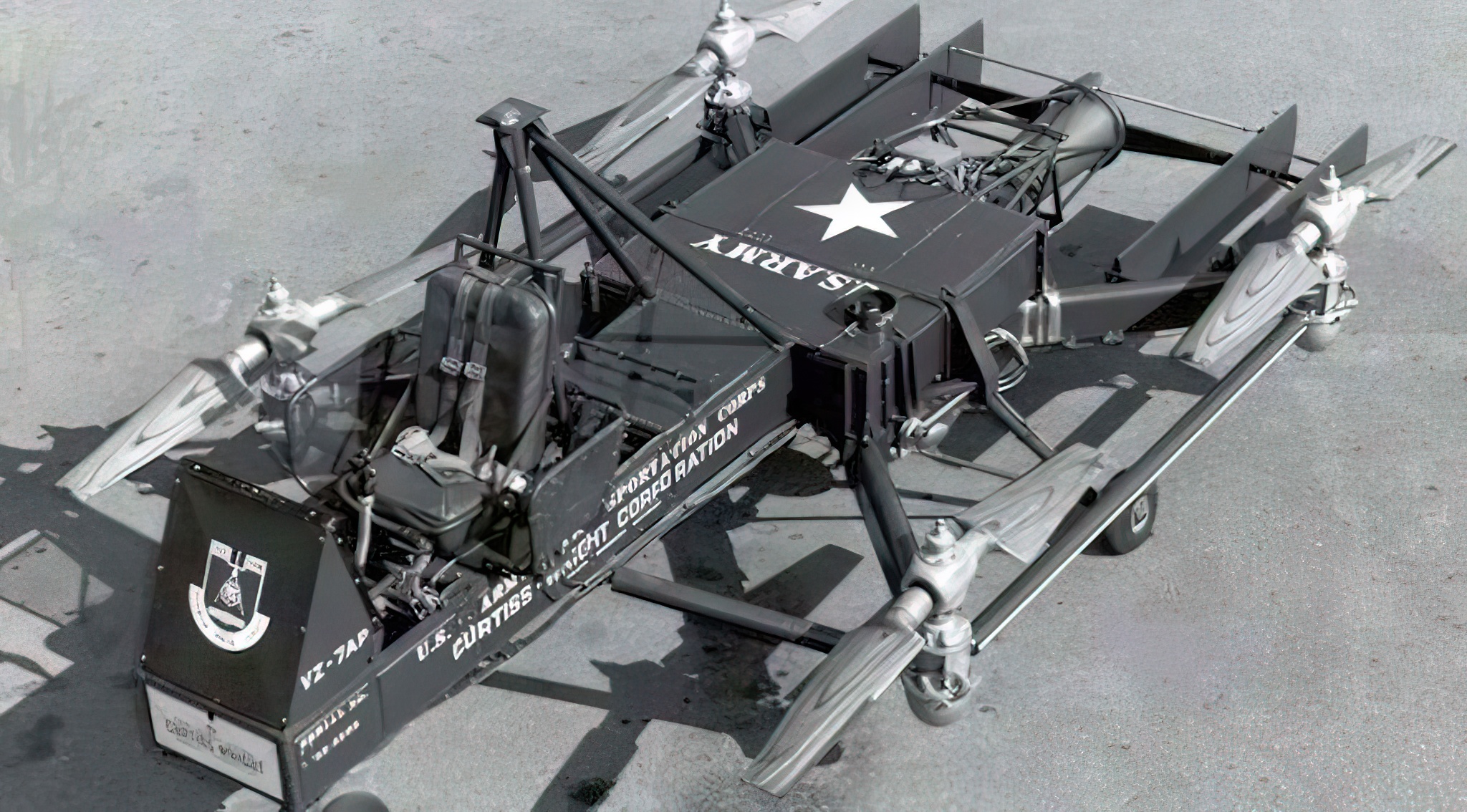
Plain and simple
The design presented by Curtiss-Wright was very straightforward. The VZ-7 was built around a rectangular central truss about 17 ft long. Four vertically-mounted propellers attached on its sides in a square pattern were powered by a single 425 shp Turbomeca Artouste IIB shaft turbine engine.
These were originally ducted, but later modified into unshrouded propellers. The fuel and lubricant tanks, as well as the pilot’s seat and flight controls also sat on top of that simple fuselage. The pilot controlled the direction of vehicle’s movement by changing thrust of individual propellers. He also exercised additional yaw control using moveable vanes over the engine exhaust as a rudder.
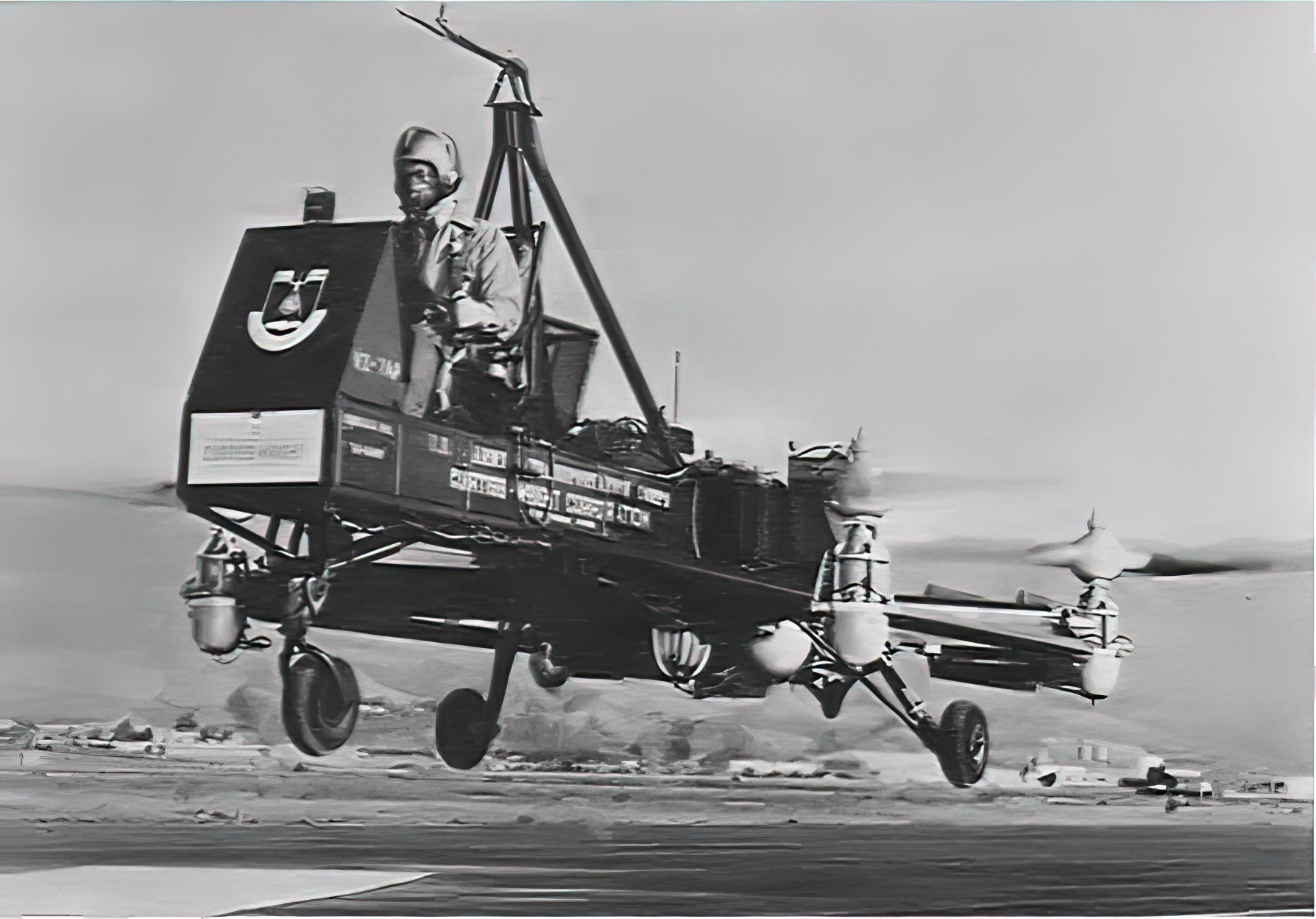
Meager performance
Curtiss-Wright built two prototypes of this vehicle. The aircraft was capable of flying at a maximum speed of about 30 mph and reaching an altitude of almost 200 ft. With a maximum take-off weight of 2098 lb, including 550 lb of payload, it could carry one passenger behind the pilot. The VZ-7 also transported weapons, like a recoilless gun, during the tests, although it was primarily conceived as a utility vehicle. Using it as a real combat platform would be problematic due to complete lack of armor and low speed.
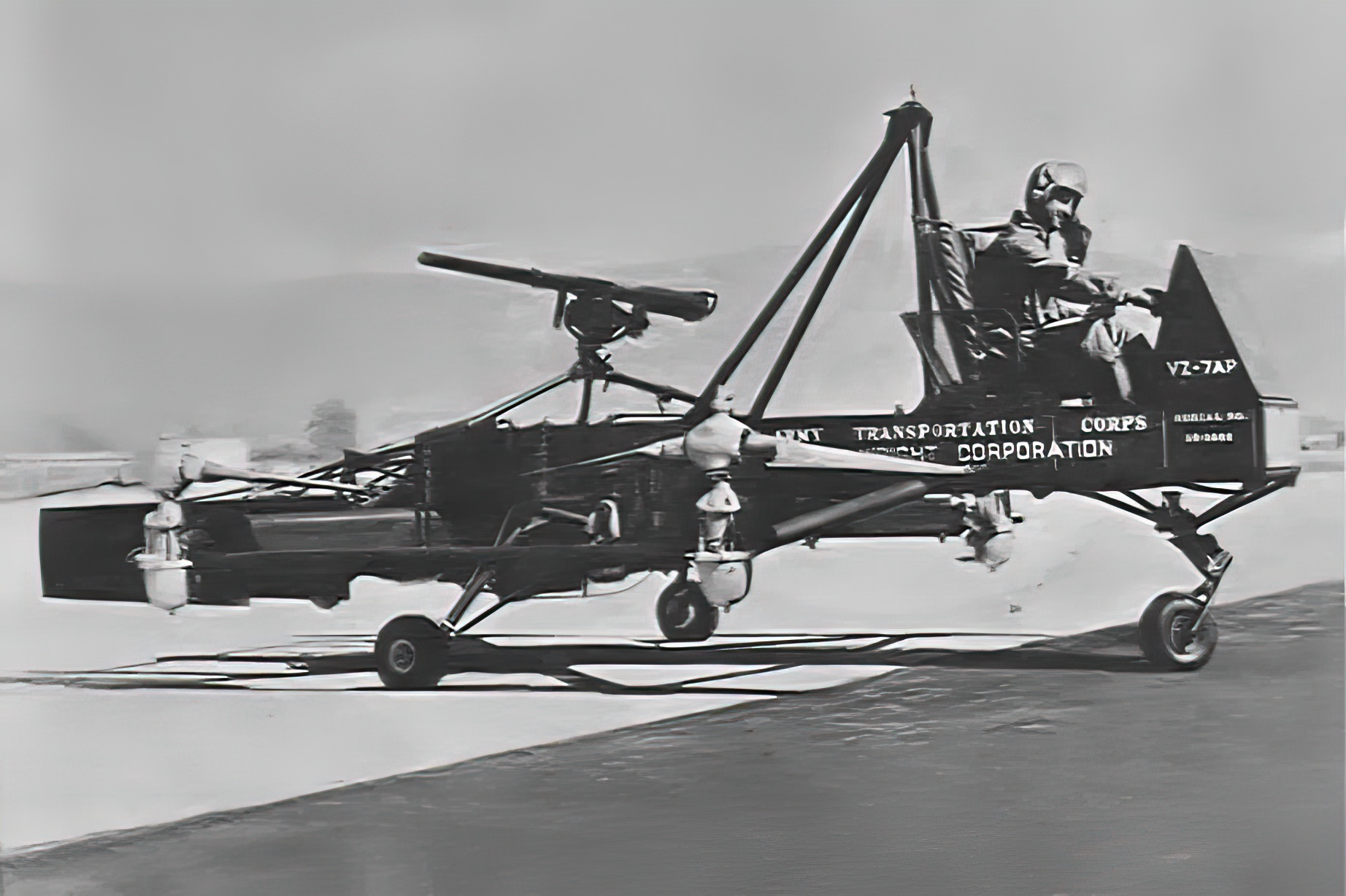
Thanks, but no thanks
Curtiss-Wright delivered both prototypes to the Army in mid-1958 following successful initial flight tests by the manufacturer. Although the aircraft was quite maneuverable and easy to control, the Army found the VZ-7’s speed and altitude capabilities insufficient and returned both vehicles to Curtiss-Wright in 1960. Soon after that, all other projects of ‘flying jeeps’ were dumped for similar reasons.

